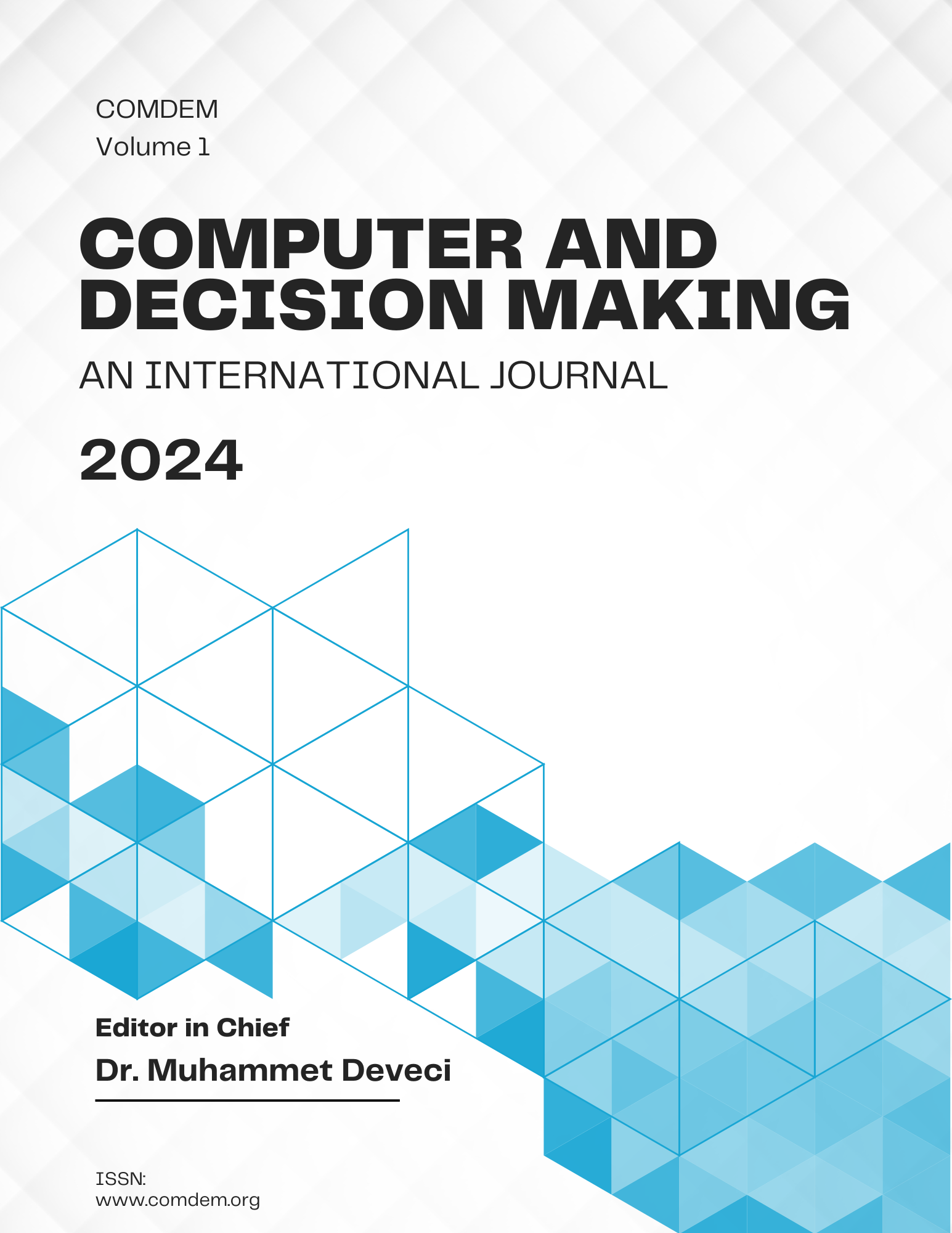Study on Influencing Factors of Grain Supply Chain Resilience Based on DEMATEL-ISM Method
DOI:
https://doi.org/10.59543/comdem.v1i.10305Keywords:
Food industry chain, Supply chain resilience, Influencing factors, DEMATEL-ISMAbstract
The essential requirement for the resilience and safety of the food industry supply chain is to achieve independent, controllable, safe, efficient, and sustainable development. Currently, and for a significant period in the future, the food industry supply chain faces several risks, primarily due to increased uncertainties. These risks manifest as the need for optimization in the layout of the food industry, prominent structural shortages, and a lack of full autonomy and control in key links of the industry chain. Such risks can potentially evolve into critical factors that restrict the resilience and security of the food industry supply chain. To effectively address these risks, this paper identifies 12 influencing factors based on four key capabilities of the food supply chain: forecasting ability, response-ability, adaptation ability, and recovery ability. An evaluation index system for the resilience of the food supply chain is constructed, integrating the Decision-Making Trial and Evaluation Laboratory (DEMATEL) and Interpretive Structural Modeling (ISM) methodologies. Analysis of the interactions between these factors reveals that three factors, including supply chain visibility, are fundamental, seven factors, including the level of agricultural mechanization, are intermediate, and dynamic logistics and flexibility are direct factors. Based on these conclusions, this paper proposes several targeted recommendations to enhance the development of the food supply chain. These recommendations aim to improve the supply chain's resilience and ability to withstand potential risks.
Downloads
Published
How to Cite
Issue
Section
License
Copyright (c) 2024 Zhengyan Yang, yu chen

This work is licensed under a Creative Commons Attribution 4.0 International License.
COMDEM is published Open Access under a Creative Commons CC-BY 4.0 license. Authors retain full copyright, with the first publication right granted to the journal.












